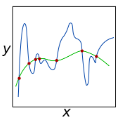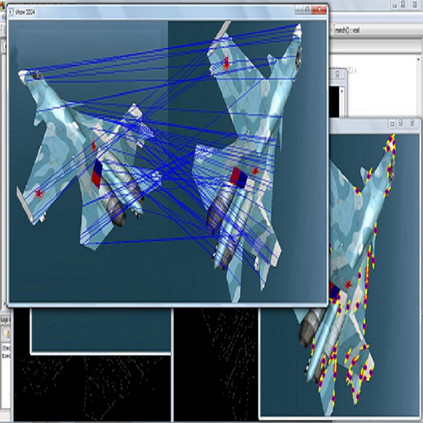In order to tackle the difficulty associated with the ill-posed nature of the image registration problem, researchers use regularization to constrain the solution space. For most learning-based registration approaches, the regularization usually has a fixed weight and only constrains the spatial transformation. Such convention has two limitations: (1) The regularization strength of a specific image pair should be associated with the content of the images, thus the ``one value fits all'' scheme is not ideal; (2) Only spatially regularizing the transformation (but overlooking the temporal consistency of different estimations) may not be the best strategy to cope with the ill-posedness. In this study, we propose a mean-teacher based registration framework. This framework incorporates an additional \textit{temporal regularization} term by encouraging the teacher model's temporal ensemble prediction to be consistent with that of the student model. At each training step, it also automatically adjusts the weights of the \textit{spatial regularization} and the \textit{temporal regularization} by taking account of the transformation uncertainty and appearance uncertainty derived from the perturbed teacher model. We perform experiments on multi- and uni-modal registration tasks, and the results show that our strategy outperforms the traditional and learning-based benchmark methods.
翻译:为了解决与图像登记问题不良性质相关的困难,研究人员使用身份正规化来限制解决方案空间。对于大多数学习型的登记方法,身份正规化通常具有固定的重量,只是制约空间转型。这种公约有两个限制:(1) 特定图像配对的正规化强度应当与图像内容相联系,因此“一个价值符合所有人”的体系并不理想;(2) 只有在空间上使转换(但忽视不同估计的时间一致性)正规化,可能不是应对错误的解决方案的最佳战略。在本研究中,我们提出了一个基于教师的中下限登记框架。这个框架包含一个额外的\ textit{时间正规化}术语,鼓励教师模型的时间组合预测与学生模型的内容相一致。在每一个培训阶段,它也自动调整了变换的权重(但忽视不同估计的时间一致性 ) 和\ textitilit{时间正规化 的权重, 可能不是应对弊端的最佳战略。我们进行了多式和单式的实验,我们展示了多式和单式的学习方法。




